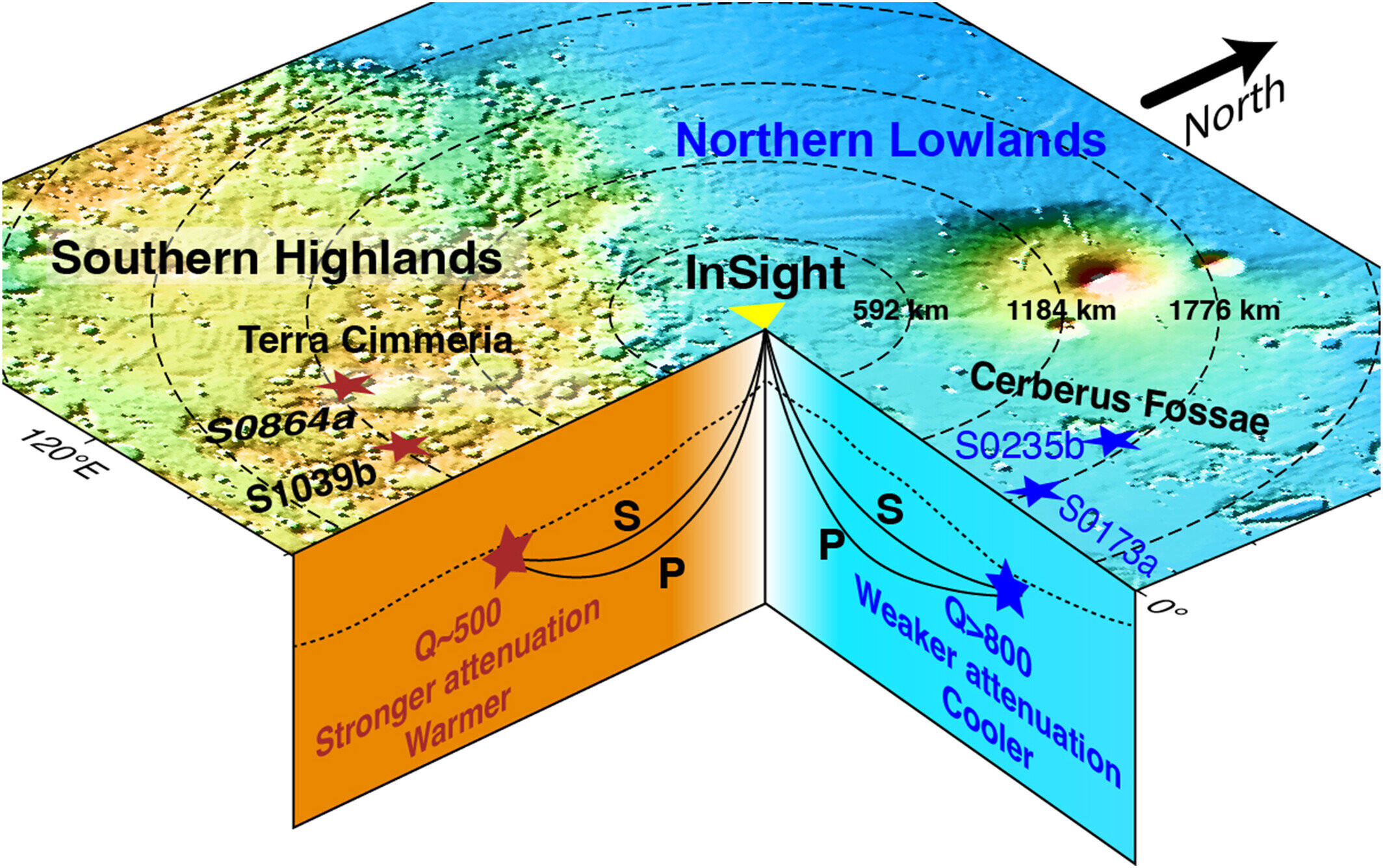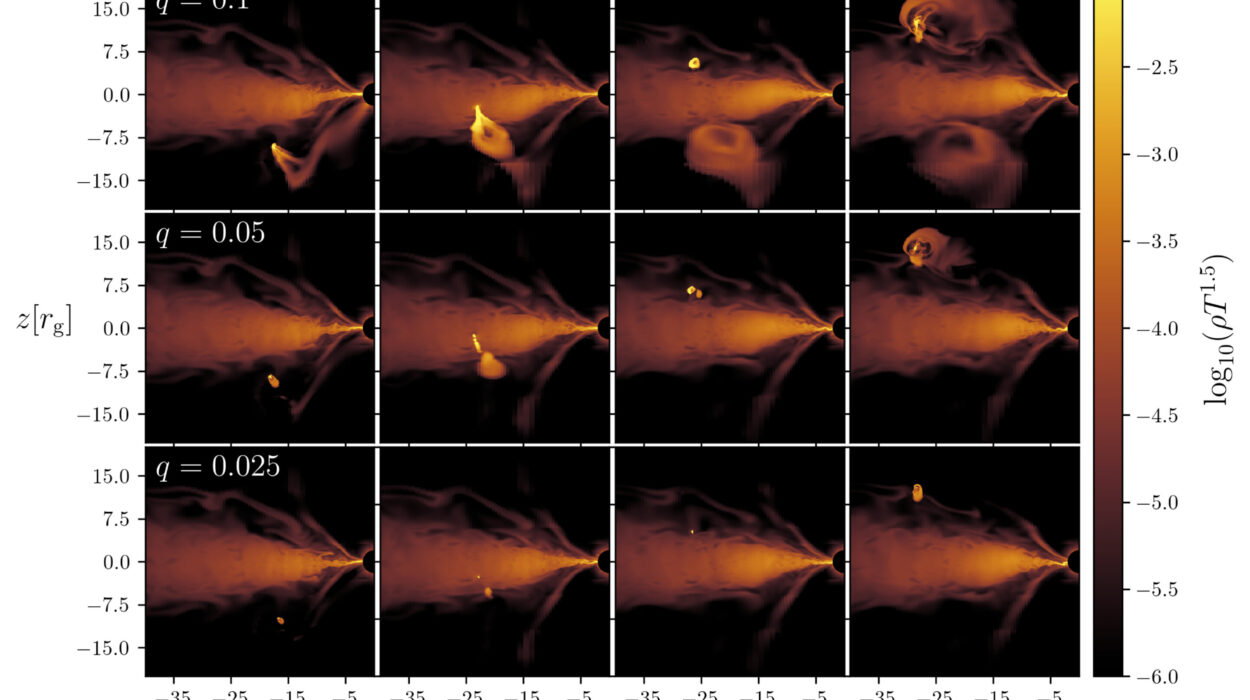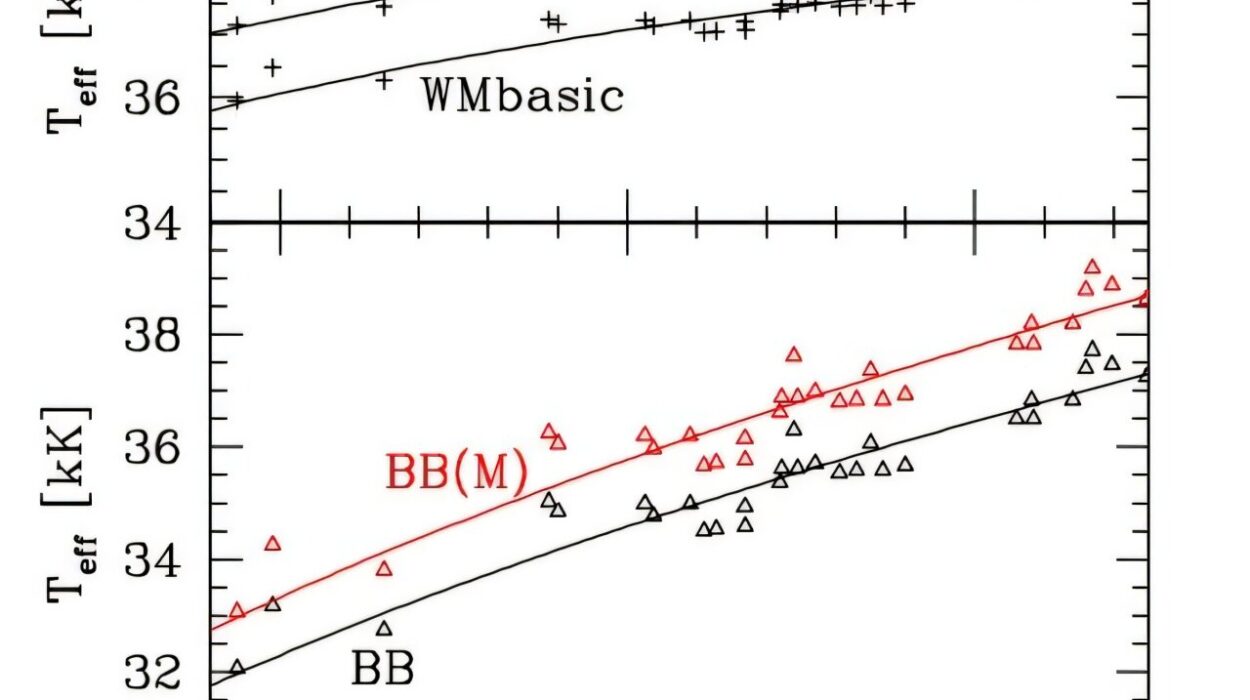Mars, much like Earth, is divided into two hemispheres—the northern and southern halves. However, their defining characteristics are starkly different, a phenomenon referred to as the “Martian dichotomy.” The Southern Highlands of Mars are much older, characterized by higher elevations and a more heavily cratered surface than the Northern Lowlands. This pronounced contrast not only provides a distinctive appearance to the Red Planet but also results in a variety of atmospheric and geological consequences.
One of the key features of Mars that makes it so intriguing is the Southern Highlands’ elevated terrain. This raised region acts as a natural barrier, altering atmospheric conditions by influencing wind patterns and contributing to localized weather phenomena. In contrast, the Northern Lowlands are flatter, with vast, smooth plains that contrast sharply with the craggy, cratered highlands. Despite these striking differences, little was understood about the origins of such a distinct surface dichotomy.
Investigating the Origin of the Martian Dichotomy
The origins of the Martian dichotomy have long been a subject of speculation. The leading explanations propose that giant impactors—massive celestial bodies approximately 2,000 kilometers in diameter—struck Mars long ago, causing significant damage to the planet’s surface. Additionally, some scientists theorize that convective movements within Mars’s mantle, triggered by temperature and density variations, could also account for the sharp differences in the planet’s hemispheres.
To delve further into the origins of this dichotomy and to examine Mars’s interior, researchers have begun using seismic data gathered by NASA’s InSight mission. Earth and Mars share common features—they were formed around the same time (about 4.5 billion years ago) and are located within the same habitable zone of our solar system—but they have evolved dramatically differently. Mars remains cold, arid, and lifeless, while Earth teems with diverse ecosystems and climates. The contrasting fates of the two planets has long puzzled scientists. “Why is Earth teeming with life, while Mars appears so silent and devoid of life at present?” asks Professor Sun from the Institute of Geology and Geophysics at the Chinese Academy of Sciences.
Mars and Earth: Similar Yet Inherently Different
According to Professor Sun, the dichotomy on Mars—especially the significant variation between the northern and southern hemispheres—could offer answers to the broader question of why Earth is so different from Mars in terms of habitability. He suggests that the differences lie in the internal structures and processes of the two planets. Mars’s distinct dichotomy, he asserts, is a crucial factor in unraveling the differences between the planets’ geologic histories and current states.
Professor Tkalčić, from the Australian National University, also emphasizes the importance of understanding planetary interiors. He stresses that while Earth’s deep interior is being studied more intensely, the interiors of other terrestrial planets—especially Mars—remain mysterious. He explains that studying seismic waves from marsquakes, much like earthquakes on Earth, offers insights into Mars’s internal structure and processes.
“The solar system’s understanding is intricately tied to our knowledge of Earth. We must understand Mars to unlock crucial answers about both the evolution of Earth and the future trajectory of our own planet,” adds Professor Tkalčić.
Studying Marsquakes to Unlock Secrets of Mars’s Mantle
To investigate the Martian dichotomy and better understand Mars’s internal dynamics, Professors Sun and Tkalčić examined seismic waves recorded by InSight’s seismometer between 2018 and 2022. Marsquakes, like earthquakes, are tremors that occur due to seismic activity within the planet’s interior. By studying these waves, scientists can begin to extrapolate information about the temperature, viscosity, and convection currents in Mars’s mantle, giving crucial insights into how its surface features developed over time.
Seismic data collection on Mars is particularly challenging, given the limited number of seismometers available. While Earth is equipped with thousands of seismometers that can continually monitor seismic activity across the globe, Mars has only one, positioned at the InSight landing site. Additionally, the seismometer only recorded marsquake data during a limited time window and was subject to interference from daily winds on the Martian surface. Despite these constraints, the InSight mission was able to provide valuable data that allowed researchers to probe beneath Mars’s crust, mantle, and core.
“Obtaining high-quality seismic data on Mars is much more difficult than on Earth because we don’t have a network of seismometers,” says Professor Sun. “Mars exhibits far less tectonic activity than Earth, which results in fewer, lower-magnitude marsquakes. Furthermore, the seismometer’s location on the surface of Mars, exposed to diurnal winds, contributes to a low signal-to-noise ratio. This makes isolating the seismic data challenging.”
Analyzing Marsquakes and Mantle Convection
Despite these difficulties, researchers improved the signal-to-noise ratio of the data and identified a new cluster of six marsquakes located in the Terra Cimmeria region of the Southern Highlands. In addition to these six new marsquakes, they also compared data from 16 known marsquakes located in the Cerberus Fossae region of the Northern Lowlands. Using these two datasets, the researchers were able to study how seismic waves propagated from the marsquakes to the InSight seismometer, providing valuable information about the physical conditions deep within Mars.
From their analysis, Professors Sun and Tkalčić calculated a seismic “quality factor” for each region. This factor measures how much seismic waves weaken as they travel through a planet’s interior and surface. A lower quality factor indicates that the seismic waves have weakened more, which can be indicative of different physical properties in that area.
In their study, the southern region, Terra Cimmeria, displayed a lower seismic quality factor than the northern region, Cerberus Fossae. The researchers found that the southern hemisphere had higher seismic wave attenuation, which suggested that the southern mantle was hotter and more viscous than the northern mantle. This is consistent with the idea that the southern hemisphere’s crust is thicker, slowing heat loss from the planet’s interior and causing more vigorous convection currents.
Temperature Differences Beneath Mars’s Surface
Through their research, Professors Sun and Tkalčić estimated that the mantle beneath Mars’s Southern Highlands could reach temperatures of approximately 1,000°C. In contrast, they estimated that the mantle beneath the Northern Lowlands is cooler, with temperatures around 800°C or slightly higher. This temperature gradient between the northern and southern hemispheres provides key evidence of mantle convection being the main driving force behind Mars’s peculiar dichotomy, rather than the impact of giant asteroids or celestial bodies.
The study concludes that mantle convection—not giant impacts—is the most likely explanation for the Martian dichotomy. This conclusion challenges previously held beliefs and suggests that internal processes, such as mantle convection and heat retention, have played a much greater role in shaping Mars’s surface than massive external collisions.
Exploring Mars’s Thick Crust and Possible Water Sources
Although the study of Mars’s mantle provides crucial insights into its geological processes, Professor Sun notes that their research is only just beginning. He emphasizes that future investigations should focus on two key areas:
- The Thick Martian Crust: Despite being roughly half the size of Earth, Mars possesses a crust that is about 50 kilometers thick, much thicker than Earth’s average continental crust, which is around 35 kilometers. The cause of this discrepancy between Earth and Mars, despite their similar sizes, is still not well understood. The exploration of Mars’s crust may provide important answers about the planet’s evolution and its internal dynamics.
- The Quest for Liquid Water: One of the central questions in Martian research concerns the presence of water. Scientists believe Mars once had vast oceans, but most of the planet’s liquid water has since escaped into space or is locked away deep in its crust. Determining whether liquid water still exists below Mars’s surface could have profound implications for the possibility of life on the planet, both in the past and present.
By continuing to explore these two areas, Professors Sun and Tkalčić hope to gain more insight into why Mars and Earth took such divergent evolutionary paths. The answers may not only illuminate the history of Mars but could also provide valuable information about the future of our own planet, potentially offering clues about the environmental challenges that could face Earth in the centuries to come.
Conclusion
The Martian dichotomy offers one of the most fascinating mysteries in planetary science. Through their study of marsquakes and the seismic waves they generate, scientists like Professors Sun and Tkalčić are making significant strides in understanding the complex and dramatic internal structure of Mars. Their findings suggest that mantle convection plays a key role in creating the profound hemispherical contrast observed on Mars, shedding light on the planet’s geological processes. As researchers continue to explore Mars’s crust, mantle, and potential water reserves, they hope to gain critical insights that could not only unlock the mysteries of Mars but also deepen our understanding of Earth’s past, present, and future.
Reference: Weijia Sun et al, Constraints on the Origin of the Martian Dichotomy From Southern Highlands Marsquakes, Geophysical Research Letters (2024). DOI: 10.1029/2024GL110921






